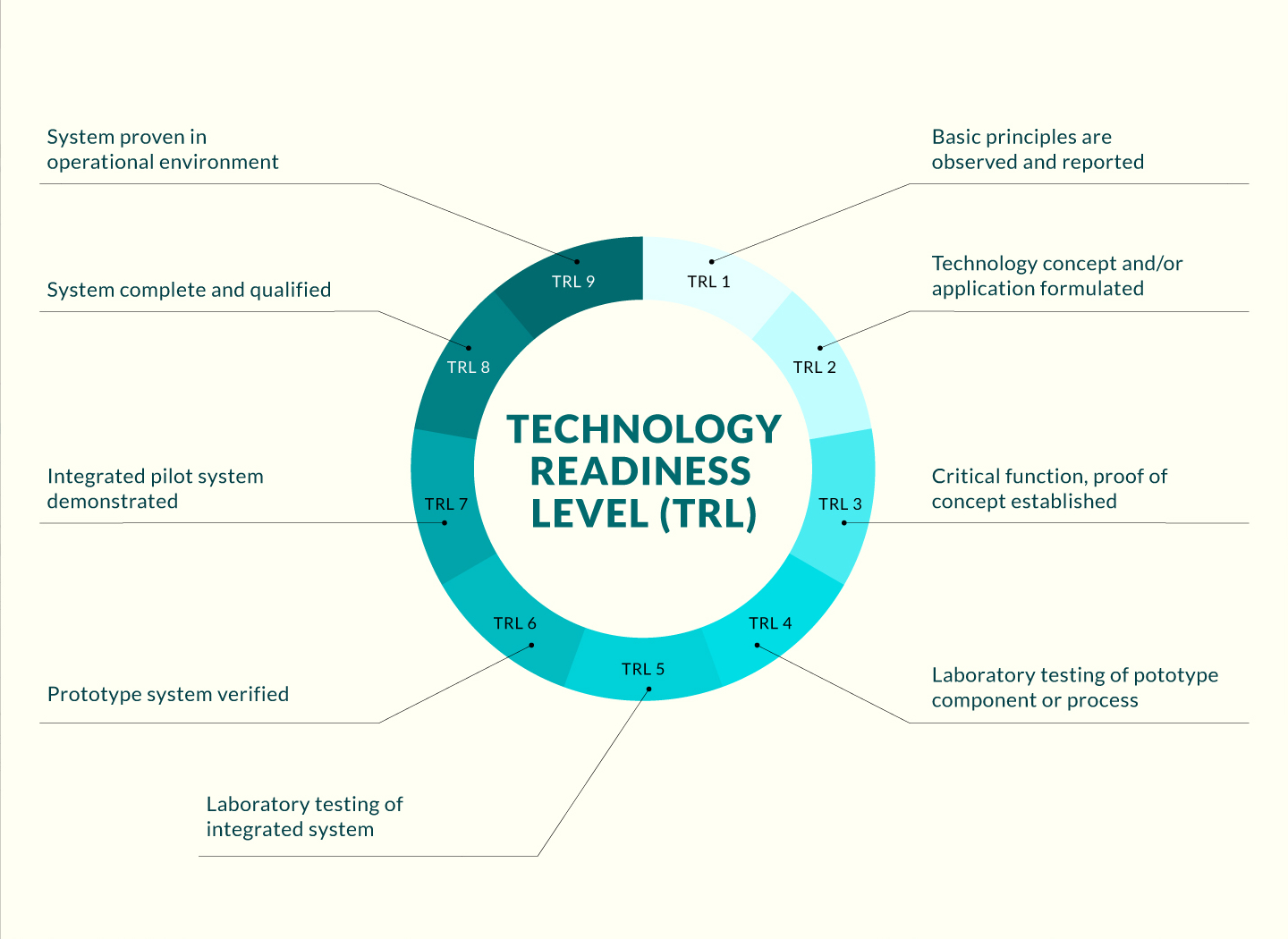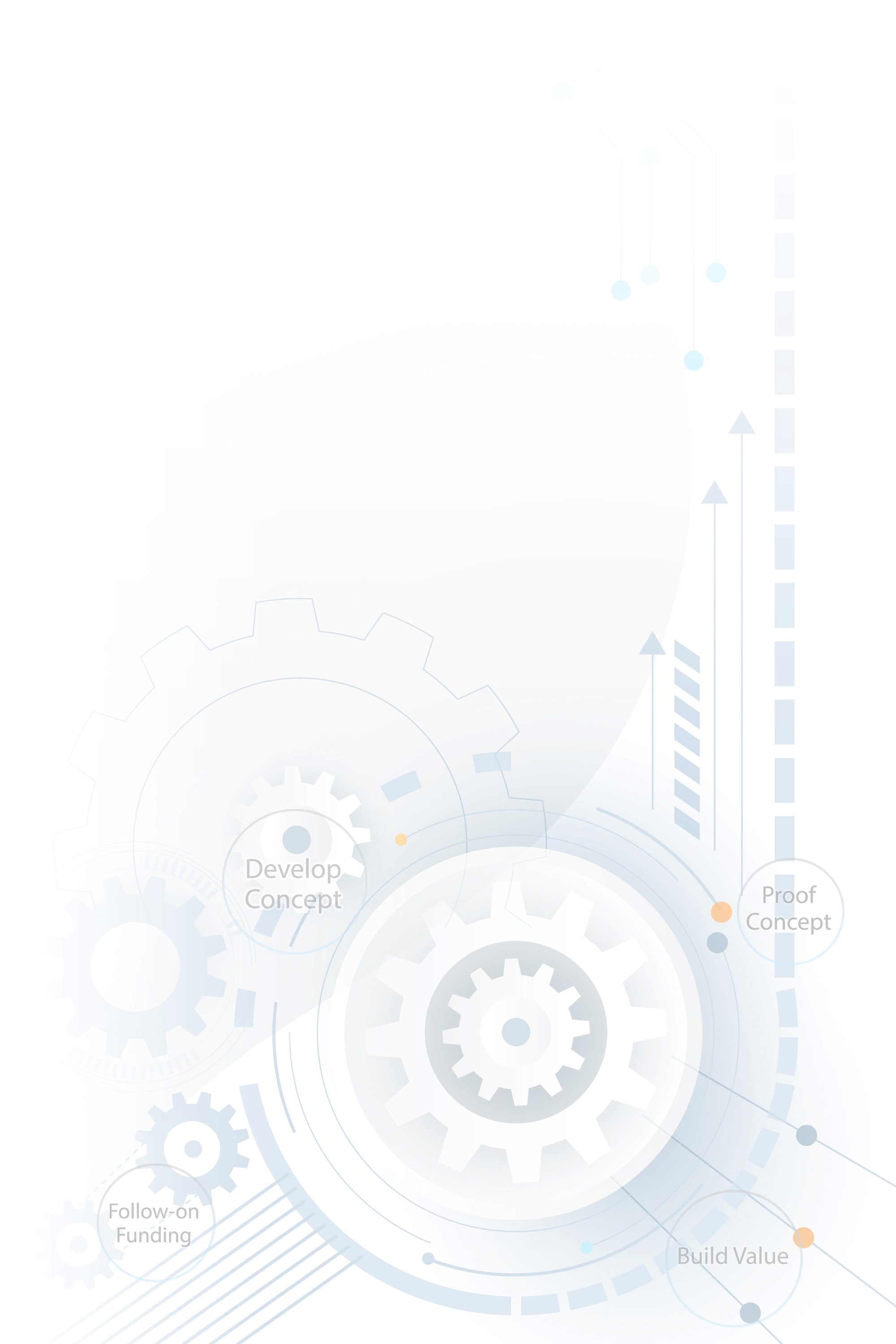
Opportunity
Bioaerosols (e.g. bacteria, fungi and pollen) are prevalent in buildings, representing around 5%–34% of the particulate matter in indoor air. As such, they are closely related to indoor air quality (IAQ) and the spread of diseases. However, all current methods of quantifying indoor bioaerosol concentrations suffer from major drawbacks. Traditional culturing-based methods are too time-consuming to allow real-time monitoring, and not all microorganisms are culturable. Real-time monitoring is possible using fluorescence-based methods, but the instrumentation is too cumbersome and expensive for widespread deployment. A promising alternative is offered by artificial intelligence (AI). Accurate AI algorithms that can predict future indoor concentrations of CO2, fine dust, and bacteria and fungi have been demonstrated. To promote IAQ monitoring in a scalable manner, there is a need to develop AI algorithms for continuous prediction of real-time and near-future bioaerosol concentrations using basic data from widely deployable sensors.
Technology
The invention is an AI-based method for predicting bioaerosol concentrations (e.g. bacteria, fungi and pollen) in indoor air. For any given indoor environment, several types of AI algorithm are first tested for their ability to quantify bioaerosol concentrations from sensor readings. These readings, which are used to train the algorithms, cover a range of standard IAQ measurements, e.g. temperature, humidity, and the concentrations of CO2, volatile organic compounds, and fine particulate matter. Whichever algorithm – e.g. random forest, long short-term memory, or recurrent neural network – most accurately calculates the bioaerosol concentration at a location (validated by fluorescence methods) can then be deployed in that venue. From then on, solely using sensor data, the chosen algorithm will predict accurate bioaerosol concentrations in real time and up to 60 minutes in the future. This will allow building managers to proactively safeguard IAQ by giving early warning of high indoor bioaerosol concentrations.
Advantages
- Allows real-time prediction of bioaerosol concentrations, unlike culturing methods
- Less bulky than fluorescence methods and therefore widely deployable
- Less expensive than fluorescence methods
Applications
- Enables building managers to monitor and predict IAQ in real time
- In a wide variety of indoor environments, building managers will be able to take remedial actions – e.g. increasing ventilation – in response to bioaerosol alerts
- Bioaerosol monitoring and forecasting will help counter disease transmission indoors



